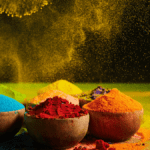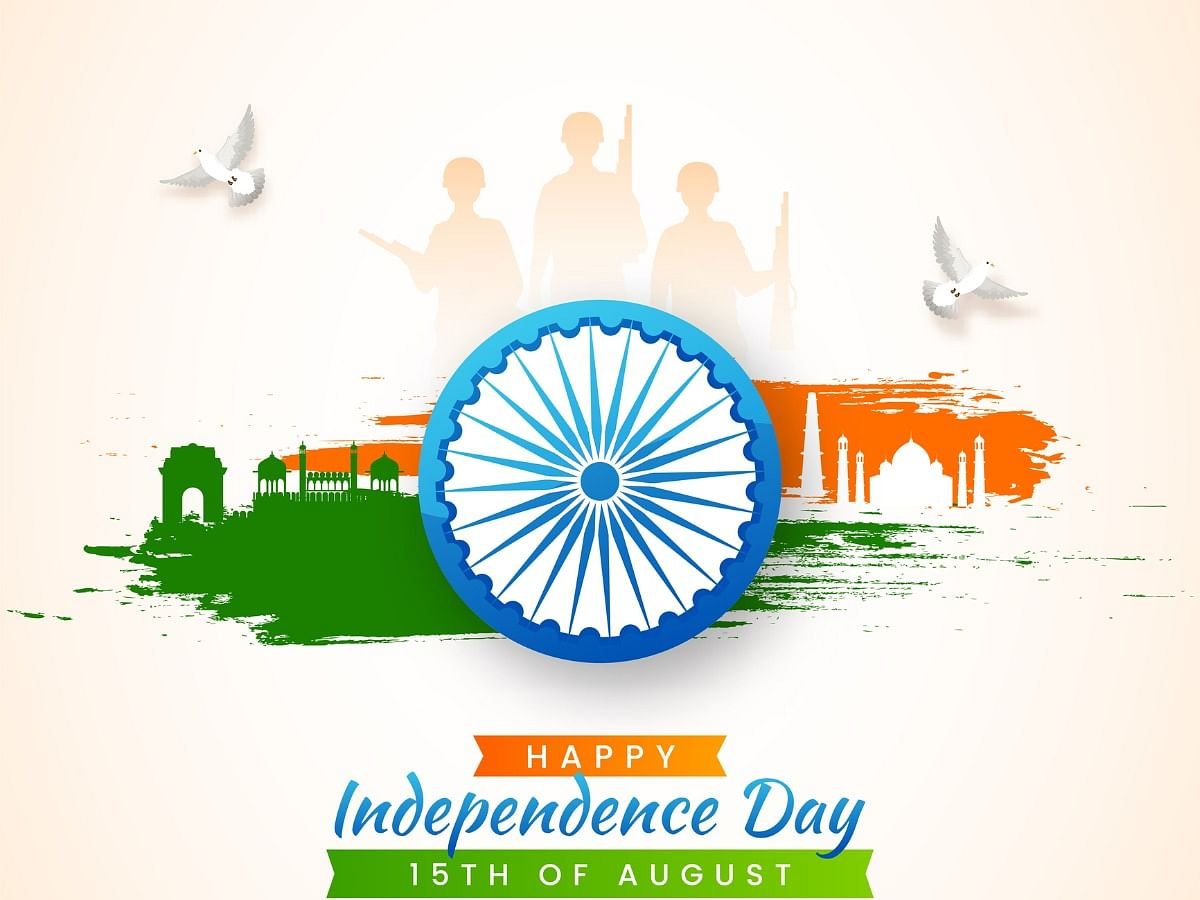Independence Day is annually celebrated on 15 August, as a national holiday in India commemorating the nation’s independence from the United Kingdom on 15 August 1947, the day when the UK Parliament passed the Indian Independence Act 1947 transferring legislative sovereignty to the Indian Constituent Assembly. India still retained King George VI as head of state until its transition to the full republican constitution. India attained independence following the Independence Movement noted for largely nonviolent resistance and civil disobedience led by the Congress Party.
Independence coincided with the partition of India, in which British India was divided along religious lines into the Dominions of India and Pakistan; the partition was accompanied by violent riots and mass casualties, and the displacement of nearly 15 million people due to religious violence.
On 15 August 1947, the first Prime Minister of India, Jawaharlal Nehru raised the Indian national flag above the Lahori Gate of the Red Fort in Delhi. On each subsequent Independence Day, the incumbent Prime Minister customarily raises the flag and gives an address to the nation. The entire event is broadcast by Doordarshan, India’s national broadcaster, and usually begins with the shehnai music of Ustad Bismillah Khan.
Independence Day is observed throughout India with flag-hoisting ceremonies, parades, and cultural events. It is a national holiday.
Independence Day before Independence
At the 1929 Lahore session of the Indian National Congress, the Purna Swaraj declaration, or “Declaration of the Independence of India” was promulgated, and 15 August was declared as Independence Day. The Congress called on people to pledge themselves to civil disobedience and “to carry out the Congress instructions issued from time to time” until India attained complete independence.
Celebration of such an Independence Day was envisioned to stoke nationalistic fervor among Indian citizens, and to force the British government to consider granting independence. The Congress observed 26 January as the Independence Day between 1930 and 1946. The celebration was marked by meetings where the attendants took the “pledge of independence”.
Jawaharlal Nehru described in his autobiography that such meetings were peaceful, solemn, and “without any speeches or exhortation”. Gandhi envisaged that besides the meetings, the day would be spent “… in doing some constructive work, whether it is spinning, or service of ‘untouchables,’ or reunion of Hindus and Mussalmans, or prohibition work, or even all these together”. Following actual independence in 1947, the Constitution of India came into effect on and from 26 January 1950; since then 26 January is celebrated as Republic Day.
Immediate Background
In 1946, the Labour government in Britain, its exchequer exhausted by the recently concluded World War II, realized that it had neither the mandate at home, the international support, nor the reliability of native forces for continuing to control an increasingly restless India. On 20 February 1947, Prime Minister Clement Attlee announced that the British government would grant full self-governance to British India by June 1948 at the latest.
The new viceroy, Lord Mountbatten, advanced the date for the transfer of power, believing the continuous contention between the Congress and the Muslim League might lead to a collapse of the interim government. He chose the second anniversary of Japan’s surrender in World War II, 15 August, as the date of power transfer. The British government announced on 3 June 1947 that it had accepted the idea of partitioning British India into two states; the successor governments would be given dominion status and would have an implicit right to secede from the British Commonwealth.
The Indian Independence Act 1947 (10 & 11 Geo 6 c. 30) of the Parliament of the United Kingdom partitioned British India into the two new independent dominions of India and Pakistan (including what is now Bangladesh) with effect from 15 August 1947, and granted complete legislative authority upon the respective constituent assemblies of the new countries. The Act received royal assent on 18 July 1947.
Celebration
Independence Day, one of the three National holidays in India (the other two being the Republic Day on 26 January and Mahatma Gandhi’s birthday on 2 October), is observed in all Indian states and union territories. On the eve of Independence Day, the President of India delivers the “Address to the Nation”. On 15 August, the Prime Minister hoists the Indian flag on the ramparts of the historical site of Red Fort in Delhi. Twenty-one gunshots are fired in honour of the solemn occasion.
In his speech, the Prime Minister highlights the past year’s achievements, raises important issues and calls for further development. He pays tribute to the leaders of the Indian independence movement. The Indian national anthem, “Jana Gana Mana“, is sung. The speech is followed by march past of divisions of the Indian Armed Forces and paramilitary forces. Parades and pageants showcase scenes from the independence struggle and India’s diverse cultural traditions.
Indian Independence Day










